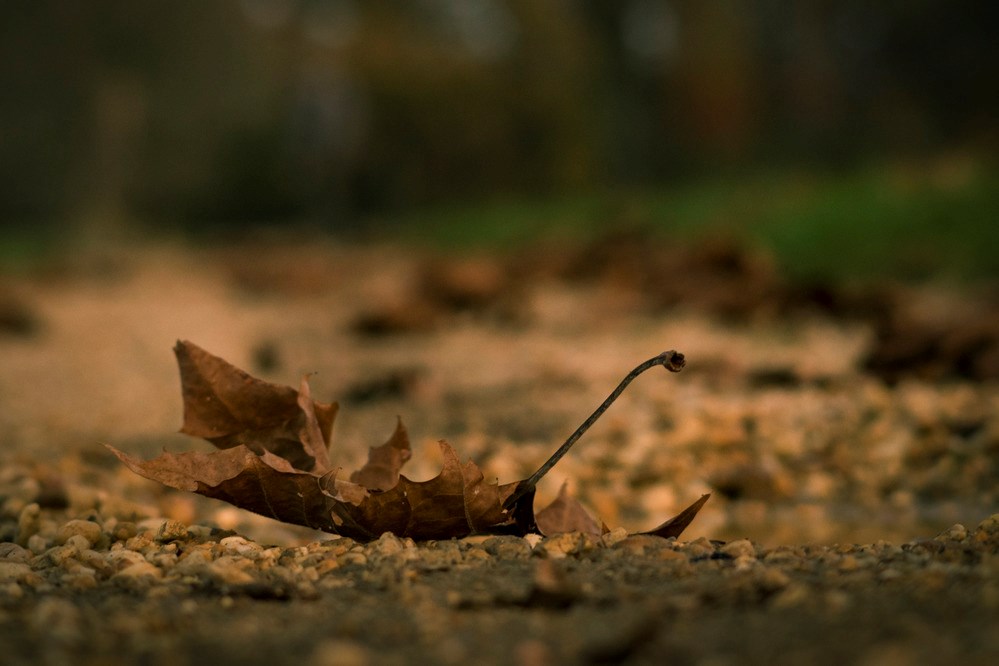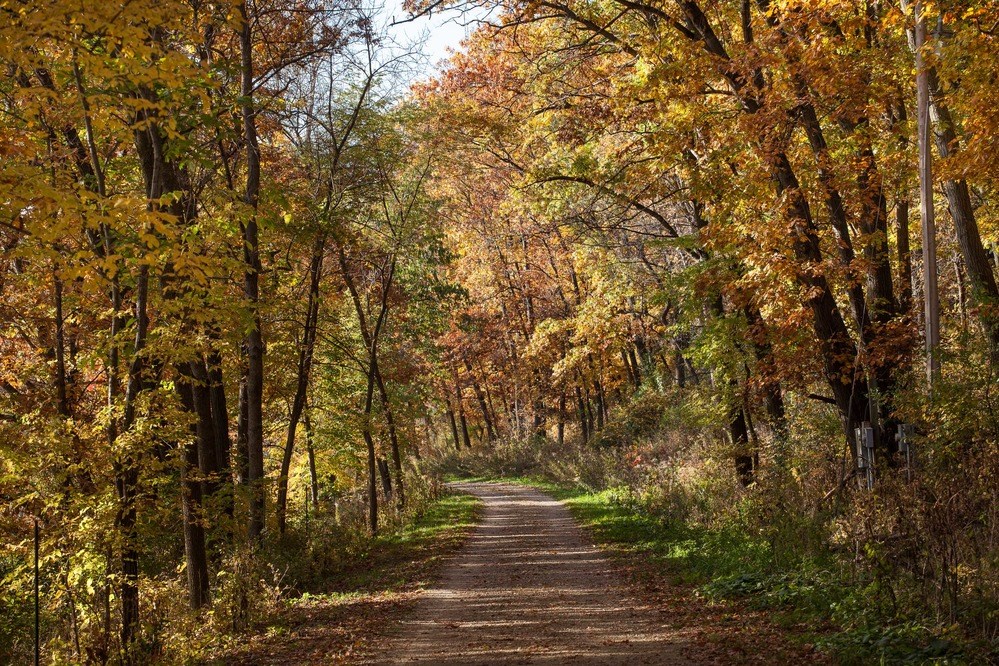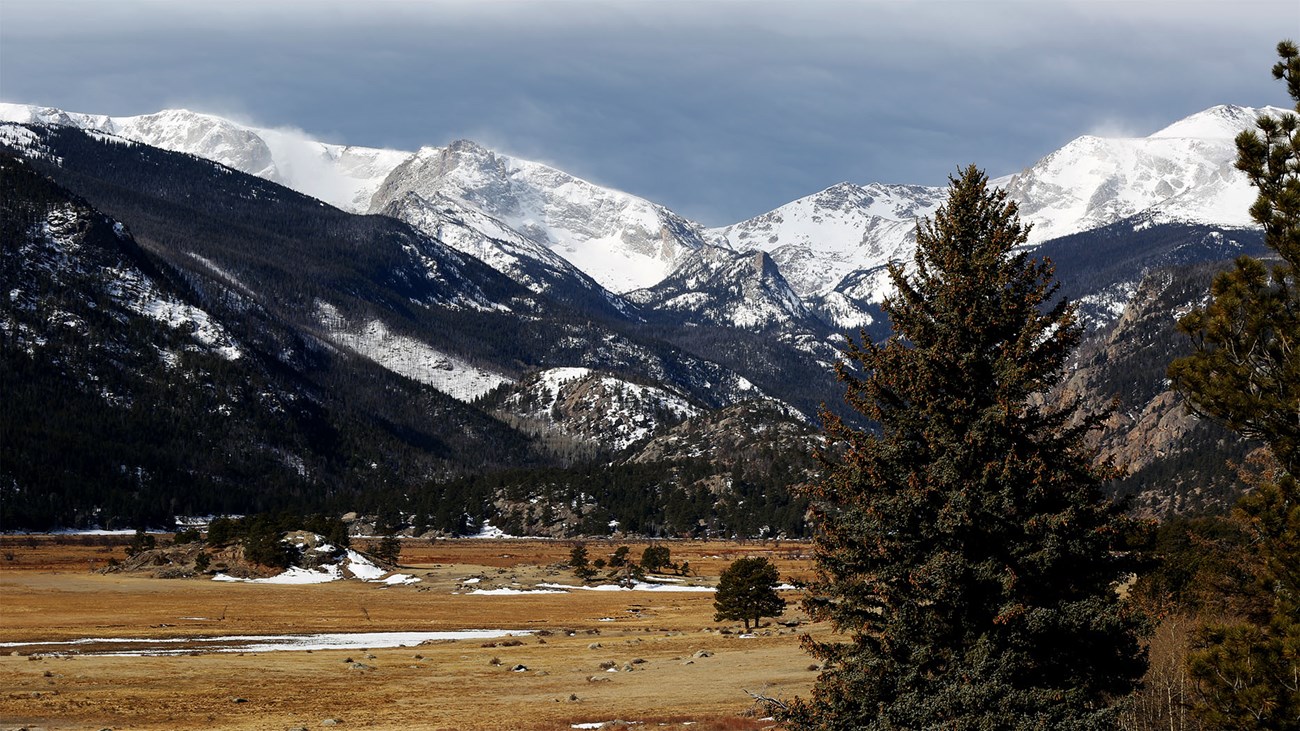Last updated: January 27, 2025
Article
How do trees change in the fall?
Every year, trees across the nation change their leaf color from green to gold, crimson, amber, and even jewel-toned purple. This process is part of a much larger undertaking where trees of all shapes and sizes spend the autumn months getting ready for the trials of winter.
A chubby, hibernating bear snuggled up in a cave is most people’s first example of winter adaptations. However, trees twist the harsh cold to their advantage. After all, trees are quite literally rooted in place and have to survive in that spot until warmer weather returns in the spring.

Potomac Heritage National Scenic Trail
NPS Photo / Monica Larcom
Why some leaves fall off...
Broadleaf trees are responsible for the colorful annual display that defines autumn. For most of the year, a bright green chemical called chlorophyll supports photosynthesis in leaves. When the days grow shorter, chlorophyll dies off and other chemicals become the main source of color.At the same time, the tree starts to grow a layer of scar tissue at the bottom of each leaf’s stem. Over time, the connection between the leaf and the tree weakens enough that the wind or gravity pulls the leaf down.

Mississippi National River and Recreation Area
NPS Photo / Gordon Dietzman
Why some leaves stick around...
Conifer trees have adapted to keep their greenery year around. Their needles, compared to broadleaf greenery, lose less water to the air. Most precipitation comes in the form of snow during the winter, which needs to melt and turn into water before the tree can use it. That means trees are waiting all winter for a drink of water!While conifer needles can do a little photosynthesis on warm days in the winter, the main reason that they keep their needles is to save energy. Just like you might reuse water bottles to save money, conifers reuse their needles for several years before replacing them with new ones. That means they can’t throw away their needles during the winter.

Rocky Mountain National Park
NPS Phot / M. Reed
What do they do have in common?
Both conifers and broadleaf trees try to save water during the winter without freezing into giant, frozen vegetables. The trick is that a tree can survive having ice crystals between its cells, but dies when the cells freeze. They stop this from happening by taking advantage of a really cool chemical reaction in water.When you, or a tree, dissolve something like sugar or salt in water it becomes more difficult for the water to freeze. So, in the fall, trees gradually dehydrate themselves to increase the concentration of sugar in their cells. Extra water becomes insulation for the sugar-heavy cells, making them even more resilient to freezing.
Ice can still be a danger for the outside of a tree though. Sometimes, snow or melting ice can become so heavy on tree branches that they break. While some species are super flexible to stop this from happening, others aren’t as lucky.
Fall is full of changes for all living things, and it’s the time of year when many of our national parks put themselves to bed for the winter. As the air gets colder and the colors of the trees change, remember that there is always more happening than we can see.
